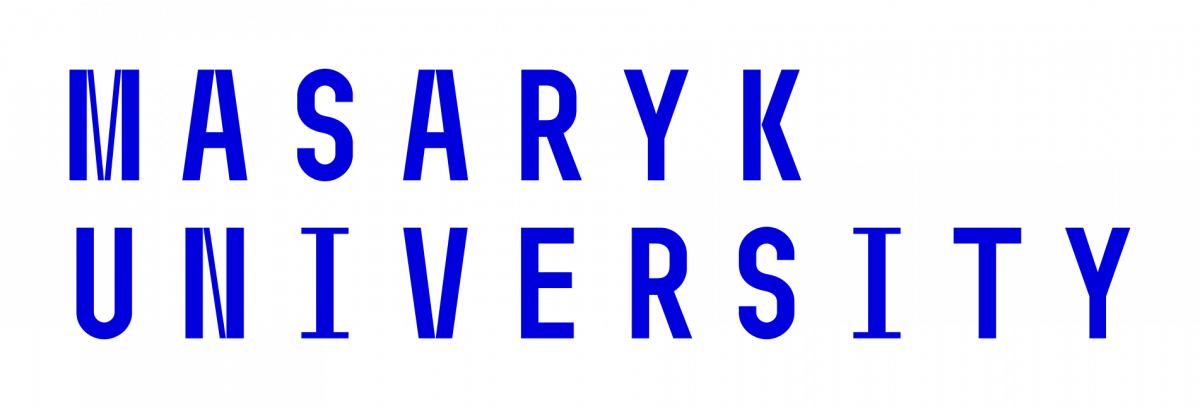The Internet of Things (IoT) is part of the so-called Web 3.0. IoT is the ability to make a physical object connected to the Internet able to interact with people and be connected to other physical objects to perform tasks. The internet of things is based on machine learning and artificial intelligence. The term first came to public attention in 1999 in a lecture by British technology expert Kevin Ashton. The initial idea was related to the aim of helping computers to know things through data collected without human intervention. Technology has evolved and the Internet of Things means more than just knowing things: machines are already able to perform actions. One of the main components of the Internet of Things is sensors. They capture external information and send it to the system that is connected to the internet so that a particular object performs an action. For example: an audio sensor is able to hear the user’s order to turn on the light. The sensor captures the information and passes it to the house lighting system, both of which are connected to the internet. Soon the lights are turned on. Smart homes, smart cars, and smart cities are terms used to designate the consequences of the application of IoT in everyday life. With the implementation of 5G internet, connections will become faster, enabling more linking of objects to the internet, expanding the IoT.









